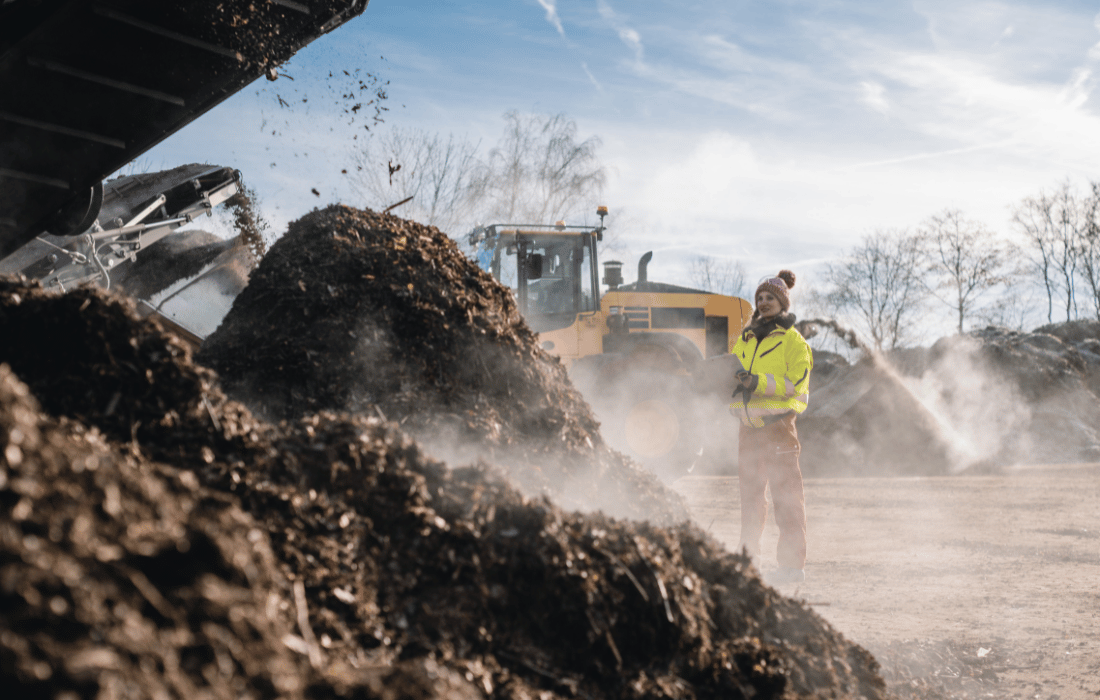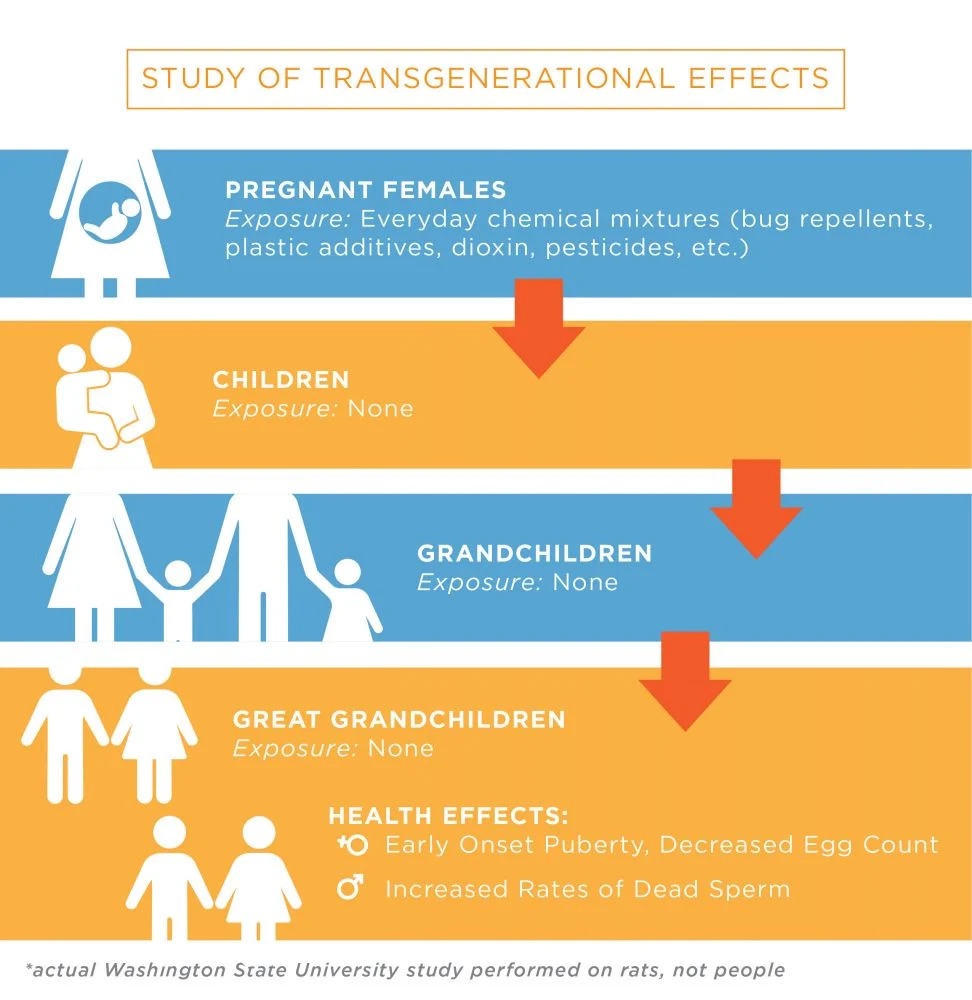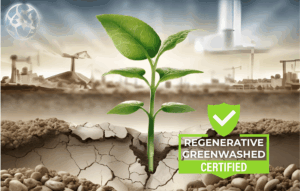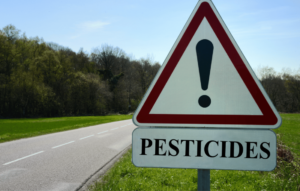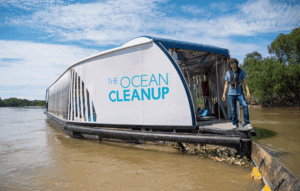Picture this: you’re the CEO of a massive aluminum or steel company. You’ve got tons of industrial waste—full of heavy metals, fluorides, and other contaminants—that you’d typically have to pay millions to dispose of properly. But instead of taking the financial hit, you find a loophole. You strike a deal with a fertilizer company, pay them a fraction of the cost, and suddenly, your toxic waste is repackaged as “crop nutrients” and spread across millions of acres of farmland. Completely legal, USDA-approved, and quietly poisoning food supplies for the last 25+ years.
Sound like a dystopian sci-fi plot? Unfortunately, it’s our reality.
The Fertilizer Industry’s Dirty Little Secret
Most people assume that fertilizers are made of natural minerals designed to help plants grow. While that’s partly true, what they don’t know is that much of the synthetic fertilizer supply in the U.S. is laced with repurposed industrial waste. According to an investigation by the Environmental Working Group (EWG) and the EPA, companies have been legally dumping hazardous byproducts—cadmium, lead, arsenic, and even radioactive waste—into fertilizers under the guise of “recycling.”
This practice has been ongoing for decades, and yet, it remains one of the least publicized environmental scandals of our time. In the 1990s, a Seattle Times investigation uncovered documents proving that phosphate fertilizers contained measurable amounts of radioactive uranium and that hazardous waste from industrial sites was routinely added to fertilizers. Despite public outcry, the regulatory agencies simply looked the other way.
Why Is This Legal?
One word: loopholes.
The Resource Conservation and Recovery Act (RCRA) prohibits hazardous waste from being dumped into the environment, but it conveniently allows for “beneficial use” exemptions. This means that as long as the waste is rebranded as a fertilizer ingredient, it is no longer classified as hazardous waste—even if it contains the same toxic substances.
And guess what? The USDA, the EPA, and state agricultural agencies have been fully aware of this for decades. Yet, instead of stopping it, they’ve allowed it to continue because it saves corporations billions in disposal costs.
How Fertilizer Companies Profit Off Poison
At the heart of this scheme are major fertilizer manufacturers, some of whom directly partner with chemical and metal refining industries. Here’s how the scam works:
Industrial Facilities Generate Waste – Aluminum, steel, and chemical plants produce byproducts loaded with heavy metals.
Waste “Recycling” Agreements Are Made – Instead of paying for hazardous waste disposal, these companies sell their waste to fertilizer producers.
Fertilizer Companies Blend Waste into Their Products – The toxic sludge is mixed with phosphorus, nitrogen, and potassium compounds to create synthetic fertilizers.
Farmers Spread It Across Their Crops – The final product is sold to farms and used on corn, wheat, soy, and other staple crops.
Consumers Eat Contaminated Food – The heavy metals make their way into the food supply, and eventually, into our bodies.
The Health Fallout: Why Are We Sicker Than Ever?
It’s no mystery that chronic illness is on the rise. Millennials and Gen Z are dealing with skyrocketing rates of autoimmune diseases, neurological disorders, and infertility. The mainstream medical world often chalks it up to genetics or lifestyle choices, but they rarely acknowledge the role of environmental toxins—including those hiding in our food supply.
Heavy Metals and Their Impact on Health
Numerous studies have shown that the heavy metals commonly found in contaminated fertilizers—such as lead, cadmium, and arsenic—are directly linked to serious health issues, including:
Neurological disorders – Lead exposure has been associated with cognitive decline, memory problems, and ADHD-like symptoms.
Hormonal disruption – Cadmium and arsenic interfere with endocrine function, leading to thyroid dysfunction, reproductive issues, and metabolic disorders.
Cancer – Long-term exposure to heavy metals has been linked to increased rates of various cancers, particularly those affecting the kidneys and liver.
Autoimmune diseases – Heavy metals contribute to chronic inflammation and can trigger conditions like lupus, rheumatoid arthritis, and multiple sclerosis.
A recent EPA study found that farmland soil samples in heavily agricultural regions contained dangerously high levels of these toxic metals. Yet, the USDA still insists that these fertilizers are “safe”—because technically, the contamination levels fall within the legally permitted limits (which, as we know, were set with industry interests in mind).
The Long-Term Consequences for Future Generations
Toxic exposure doesn’t just affect the people consuming contaminated food today—it has transgenerational effects. A study by Environmental Epigenetics at Washington State University found that exposure to environmental toxins like heavy metals can alter DNA expression, leading to increased susceptibility to diseases in future generations.
Children born to parents who were exposed to high levels of these metals are at greater risk for:
Birth defects
Developmental delays
Cognitive impairments
Hormonal imbalances
This means that even if the U.S. were to ban these practices tomorrow, the damage could persist for generations.
PFAS: “Forever Chemicals” in Fertilizer and Pesticides
In addition to heavy metals, another insidious group of chemicals is making its way into fertilizers and pesticides: per- and polyfluoroalkyl substances (PFAS). Dubbed “forever chemicals,” PFAS do not break down in the environment and are linked to numerous health concerns, including cancer, immune system suppression, and endocrine disruption.
Recent studies have shown that biosolids—treated sewage sludge often used as fertilizer—are contaminated with PFAS. This means that these toxic chemicals are being spread onto farmland, absorbed by crops, and eventually consumed by humans and livestock.
The pesticide industry is also guilty of using chemicals laced with PFAS, as many herbicides and insecticides contain them as an ingredient. Given their ability to accumulate in the body over time, exposure to PFAS is now considered a major public health crisis.
The Long-Term Consequences for Future Generations
Toxic exposure doesn’t just affect the people consuming contaminated food today—it has transgenerational effects. A study from Washington State University found that exposure to environmental toxins like heavy metals can alter DNA expression, leading to increased susceptibility to diseases in future generations.
Children born to parents who were exposed to high levels of these metals are at greater risk for:
Birth defects
Developmental delays
Cognitive impairments
Hormonal imbalances
This means that even if the U.S. were to ban these practices tomorrow, the damage could persist for generations.
The Corporate-Government Collusion
At this point, it’s fair to ask: If this is so dangerous, why hasn’t it been stopped?
The answer lies in regulatory capture—the phenomenon where government agencies serve corporate interests instead of public welfare. The major players in the fertilizer and chemical industries wield immense lobbying power, ensuring that regulations remain lenient.
Take Monsanto (now Bayer) as an example. They’ve been caught multiple times selling toxic agricultural products, yet the EPA continues to approve them. The same goes for Syngenta, Dow Chemical, and other agribusiness giants. These companies spend millions lobbying Congress, funding scientific studies that downplay risks, and ensuring that whistleblowers are silenced.
What Can You Do About It?
The situation is grim, but there are ways to protect yourself and your family:
1. Buy Organic Whenever Possible
Organic farming standards prohibit the use of synthetic fertilizers containing industrial waste. While organic food isn’t completely free from contamination due to soil conditions, it significantly reduces exposure to harmful substances.
2. Support Local Farmers
Shop at farmers’ markets, talk to growers, and ask about their farming practices. Many small-scale farmers use regenerative techniques that avoid synthetic fertilizers altogether.
3. Grow Your Own Food
If you have the space, start a backyard garden using compost and organic soil amendments. This gives you control over what goes into your food.
4. Advocate for Policy Changes
Demand stricter regulations on fertilizer production and transparency in labeling. Support initiatives that push for independent testing of agricultural products.
5. Test Your Soil and Water
If you live in an agricultural area, consider testing your soil and water for heavy metal contamination. This is especially important if you have well water.
6. Support Regenerative Agriculture
Regenerative agriculture goes beyond organic by prioritizing soil health, biodiversity, and natural farming techniques that replenish the land rather than depleting it. These practices eliminate the need for synthetic fertilizers and pesticides, reducing exposure to toxic waste and harmful chemicals. By supporting regenerative farms, you’re investing in a healthier food system and a more sustainable future.
Conclusion: The Cost of Cheap Food
The next time you wonder why food is so cheap at the grocery store, remember: there’s always a hidden cost. In this case, it’s your health.
This isn’t just about eating organic or supporting local farms—it’s about exposing an industry that has spent decades poisoning the land while profiting off the illusion of sustainability. The USDA, EPA, and major corporations have no incentive to stop this practice, which means the responsibility falls on us, the consumers.
By making informed choices, spreading awareness, and pushing back against corrupt regulations, we can start to reclaim our food system. Because at the end of the day, if we don’t demand change, nothing will.
And remember—next time you see a bag of fertilizer claiming to be “nutrient-rich,” you might want to ask: nutrient-rich in what, exactly?

